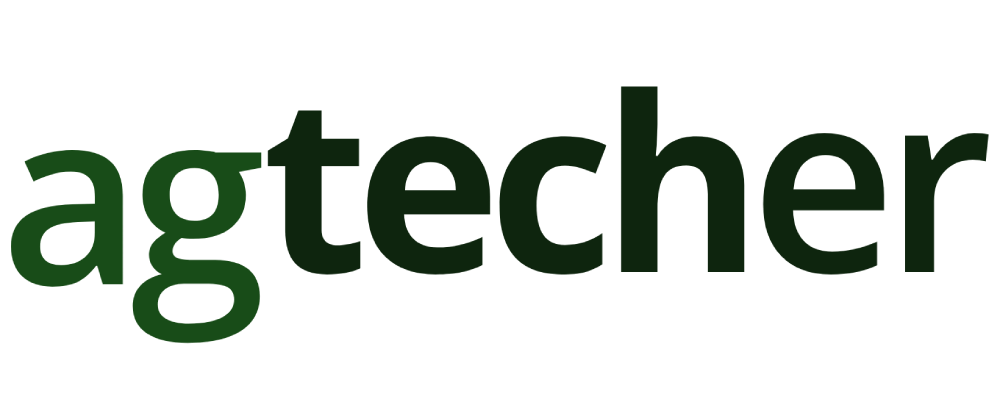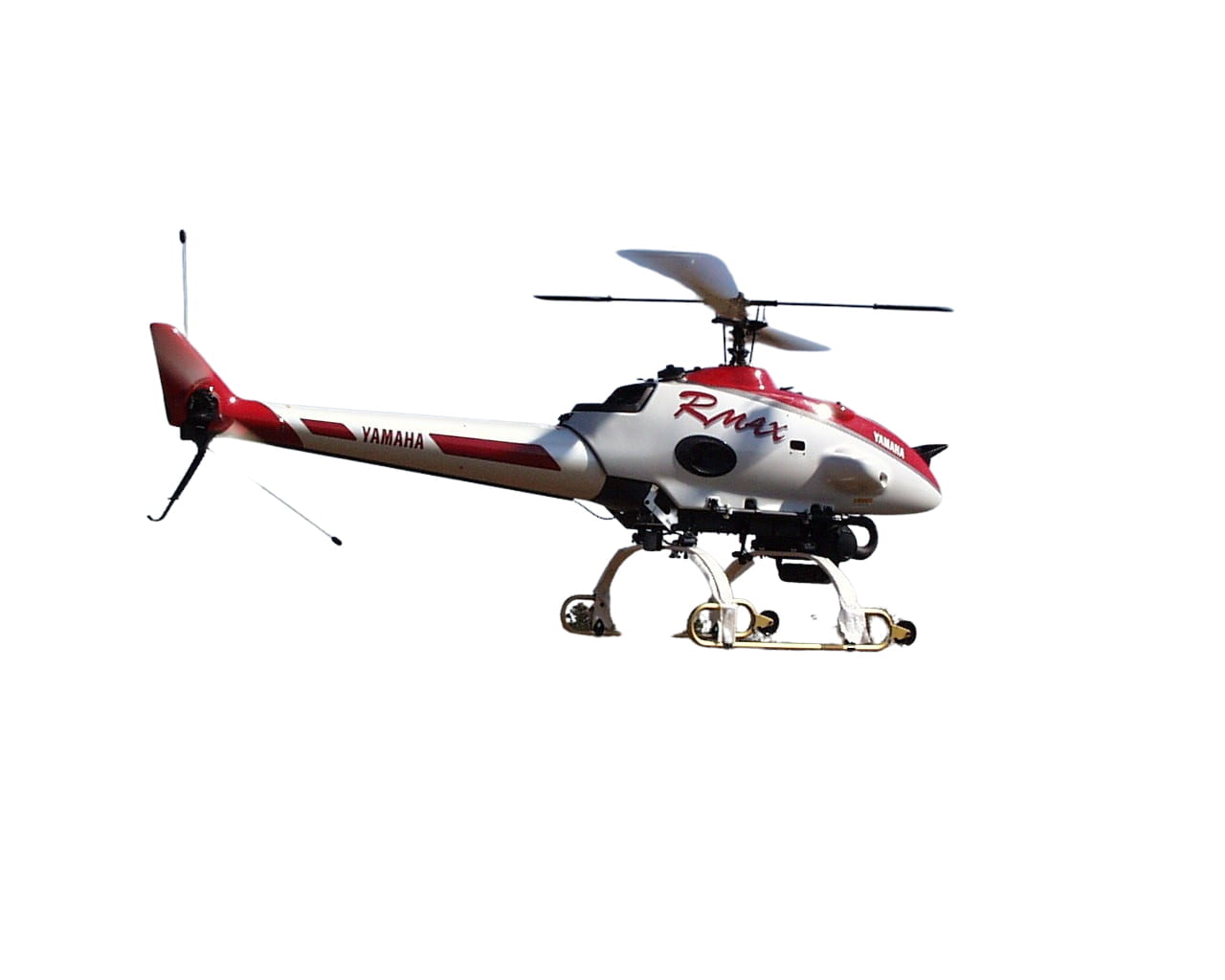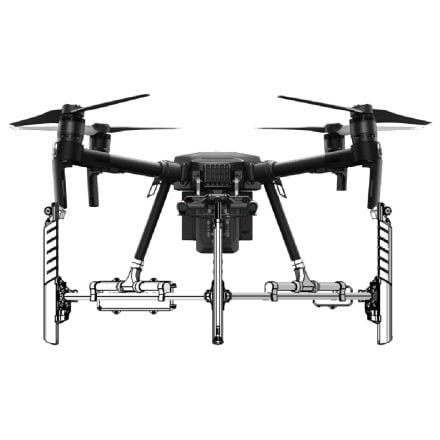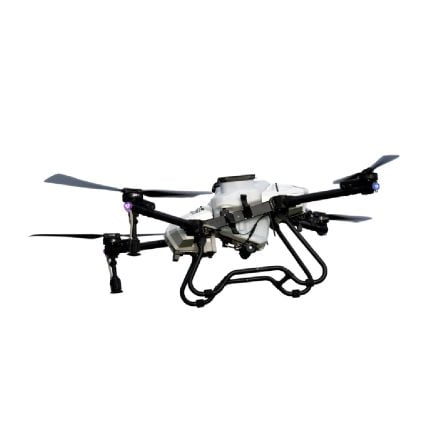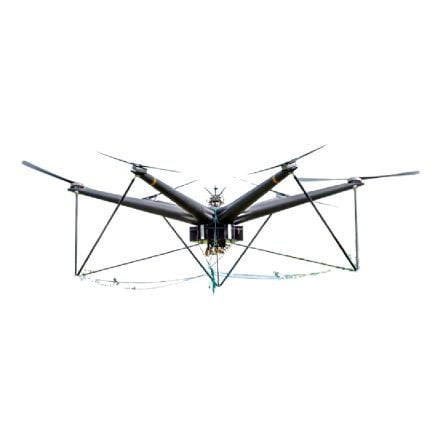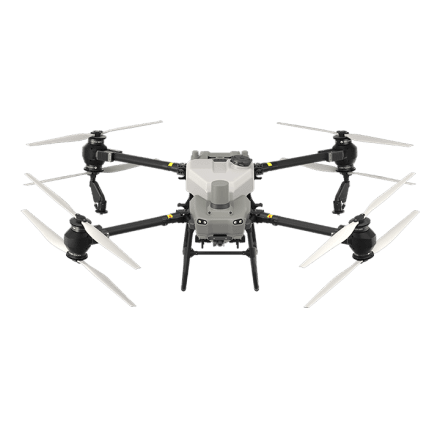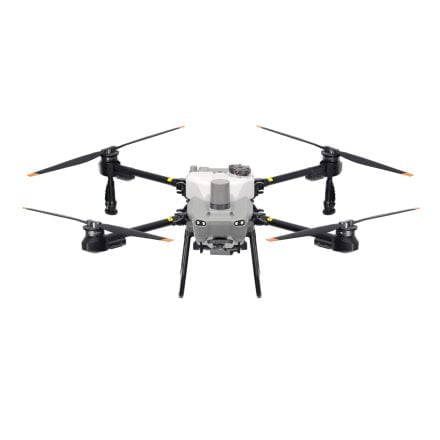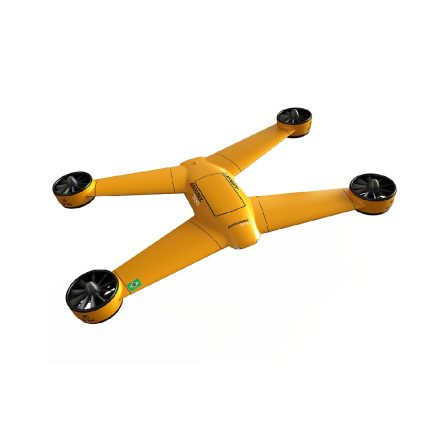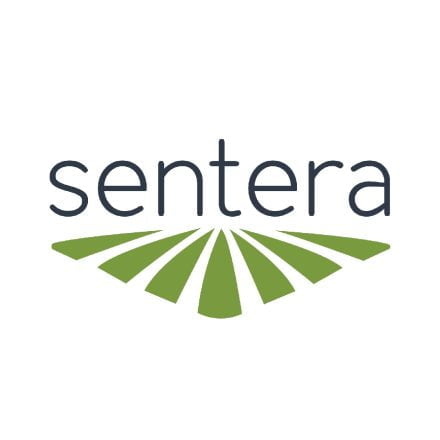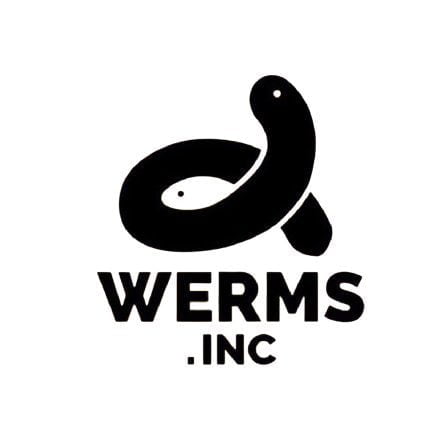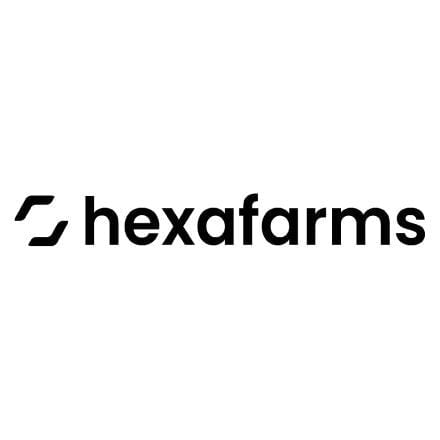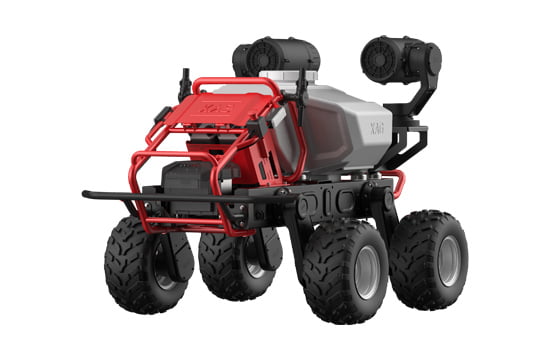Description
Yamaha has been a well-known name in areas of automobile, musical instruments, industrial robots, sports equipment and others. In 1997, when unmanned aerial vehicle was a rocket science for layman, Yamaha stepped into this field. Over the past two decades, Yamaha helicopters have proven their reliability and high performance in area of precision agriculture. By 2014, there were 2600 Yamaha helicopters operating worldwide with 2.4 million acres of farmland treated in Japan alone, every year.
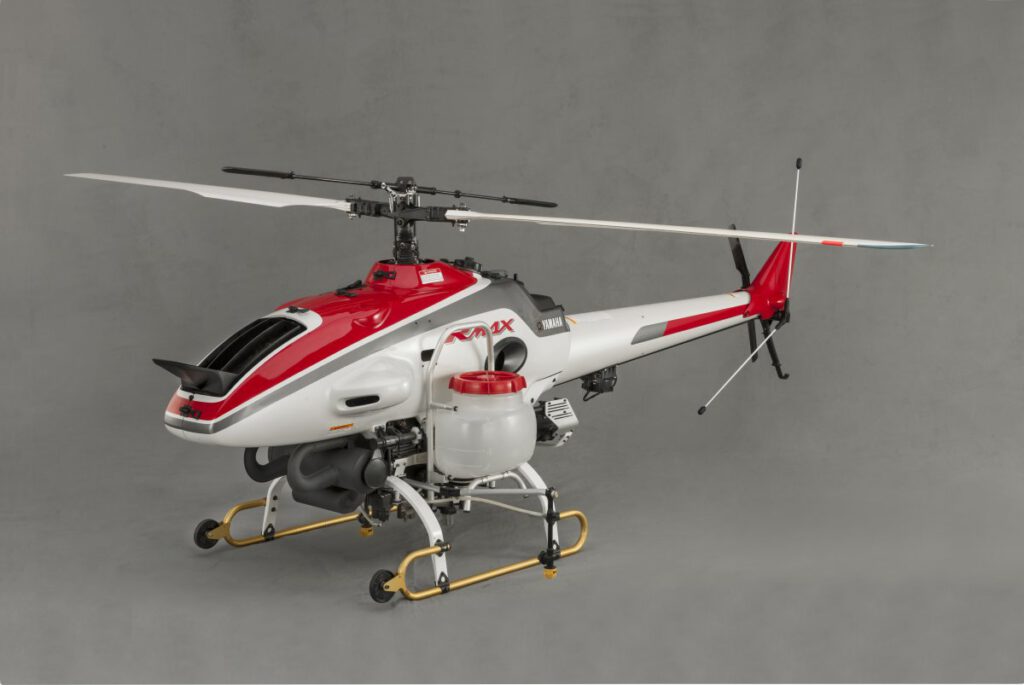
Yamaha helicopters for agricultural use
The Yamaha R-MAX is a highly versatile unmanned helicopter developed by Yamaha Motor Company in the 1990s, designed to transform the agricultural industry and various other sectors. This remote-controlled, gasoline-powered aircraft features a two-bladed rotor and line-of-sight operation for accurate aerial spraying of crops, aerial surveys, reconnaissance, disaster response, and technology development.
The price of the Yamaha R-MAX is around $100,000.
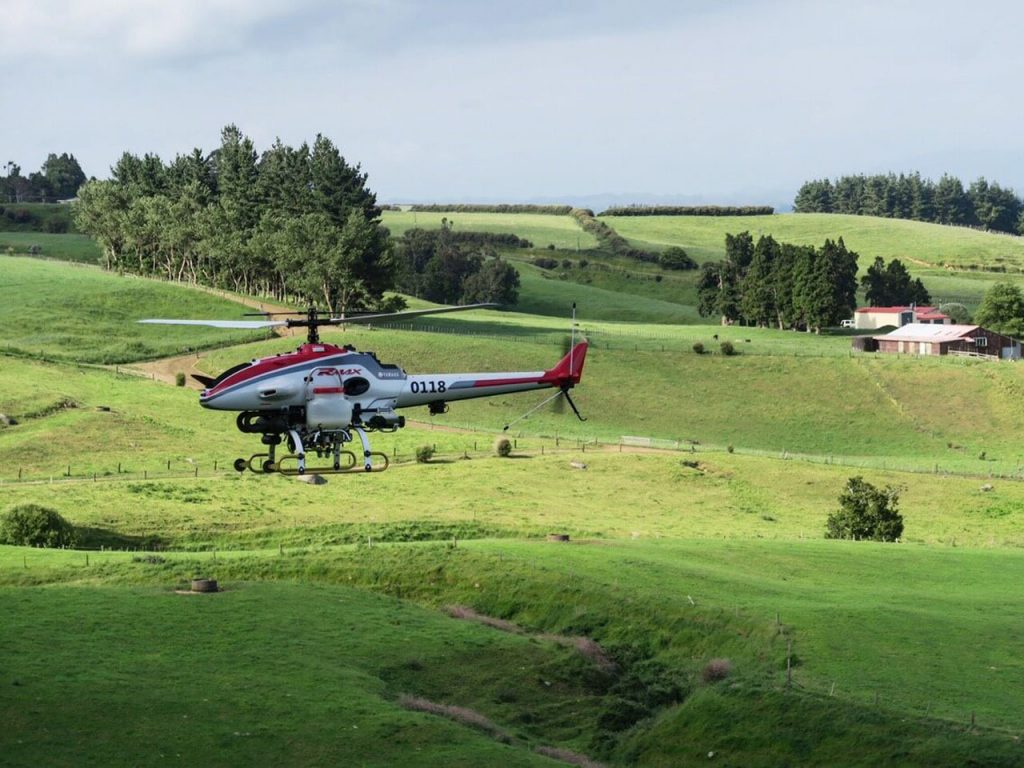
Development History
The R-MAX, alongside its predecessor, the Yamaha R-50, was developed to meet the growing demand for efficient agricultural spraying in the Japanese market. The small size of Japanese farms made traditional fixed-wing crop dusters inefficient, while manned helicopters were too expensive for this purpose. The R-MAX offered a cost-effective and lower-risk alternative with precise small-scale spraying capabilities. In 2015, the Federal Aviation Administration granted approval for the R-MAX to operate in the United States.
Operational Accomplishments: By 2015, the R-MAX fleet had accumulated over two million hours of flight time in various roles, such as agricultural spraying, aerial sensing, photography, academic research, and military applications.
Notable Missions
- Mount Usu Eruption Observation (2000): The R-MAX provided close observation and measurement of volcanic ash build-ups, improving the ability to predict hazardous volcanic mudslides.
- Fukushima Nuclear Disaster (2011): R-MAX units were used to monitor radiation levels within the “no-entry” zone around the Fukushima nuclear disaster site.
Research and Development: Universities worldwide have employed the R-MAX for guidance and automatic control research. Georgia Tech, Carnegie Mellon University, University of California Berkeley, UC Davis, and Virginia Tech have all utilized R-MAX units for research purposes.
Variants: In May 2014, Yamaha partnered with American defense firm Northrop Grumman to produce the fully autonomous R-Bat variant of the R-MAX for potential military and civilian applications.
Specifications (R-MAX)
- Length: 3.63 m (11 ft 11 in)
- Width: 0.72 m (2 ft 4 in)
- Height: 1.08 m (3 ft 7 in)
- Empty weight: 64 kg (141 lb)
- Max takeoff weight: 94 kg (207 lb)
- Maximum payload: 28–31 kg (62–68 lb)
- Powerplant: 1 × water-cooled 2-cylinder 2-stroke, 0.246 L (15.01 cu in)
- Main rotor diameter: 3.115 m (10 ft 3 in)
- Endurance: 1 hour
- Control system: Yamaha Attitude Control System (YACS)
The Yamaha R-MAX unmanned helicopter is a breakthrough in precision agriculture and a versatile tool for various applications, setting the standard for efficiency and adaptability in unmanned aerial systems.
Technology for agriculture
RMAX is used in agriculture for accomplishing tasks of seeding, spraying and variable rate dispersal etc. A liquid sprayer can be easily mounted and used for optimal dispersal.
The RMAX type II G is armed with a warning system which is activated when flying speed is in excess of 20km per hour during the spraying process. On both sides there are two 8 liter tanks made up of translucent polypropylene, allowing instant visual inspection. With special nozzle optimization in RMAX type II G, the discharge rate is automatically adjusted depending on the flying speed of the helicopter. Also, it is possible to suppress flow of chemicals from the nozzles to avoid contact with the rotors. The standard dispersal width is 7.5m when both the left and right nozzles are in use. It can be adjusted by selecting optional attachments. A granular sprayer can be used for spraying coated grains and fertilizers.
The helicopter is equipped with Yamaha Altitude control system (YACS) and GPS. They provide an enhanced flight stability, and precise speed and hovering control. These systems provide a simple operation as well as autopilot precision features such as exact terrain following, accurate course navigation and automated crop spray are made possible. The helicopter also has safety features such as if aircraft losses its signal then it returns to its predetermined site or an easy switching to manual control is also possible. Thus, Yamaha aims at increased efficient working without sacrificing safety.
After RMAX comes FAZER
Following the response of RMAX, Yamaha launched FAZER series of remotely operated helicopters. Fazer has an increased payload capacity and is loaded with newly designed transmitter and control systems for easy operation. Further, a fuel injected 4 stroke engine keeps the emissions lower and operates quietly. With widened exhaust and better compensation ratio it produces a better output. Further, a new 3D wing shaped tail rotor designed with assistance from Japan Aerospace Exploration Agency (JAXA) gives a better aerodynamics. Fazer R G2 has a 3.2 gallon fuel tank to help it cruise for up to 100 minutes or 90 km whereas, the old RMAX only had a 3km range.
Thus, RMAX of FAZER helicopters are designed to improve the usage of technology in precision agriculture. These helicopters can be further equipped with better cameras and sensors to keep up with the ever growing development of Unmanned aerial vehicles.
